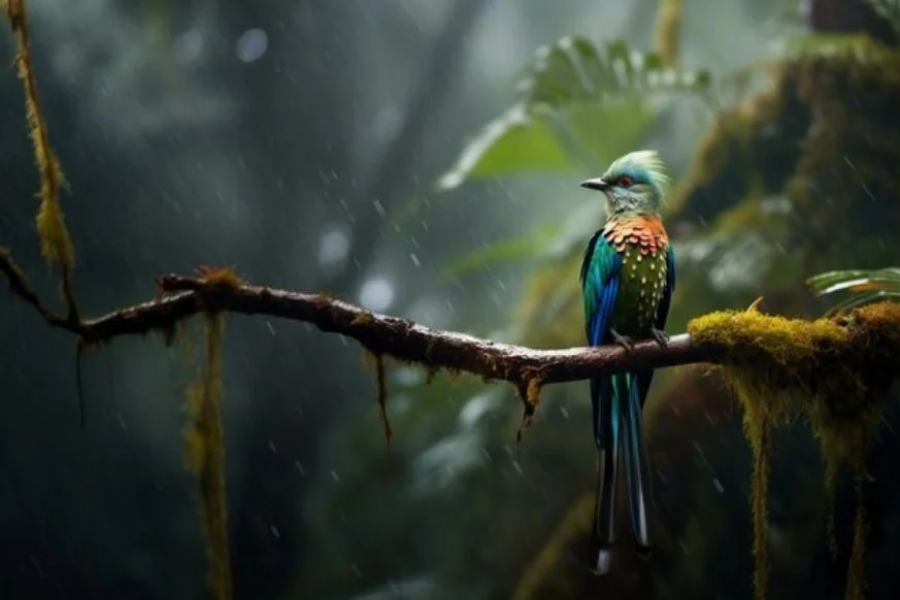Peiscans are captivating marine animals that have long fascinated marine biologists and enthusiasts alike. Their distinct characteristics and behaviors set them apart from many other ocean-dwelling species. In this article, we will explore the world of peiscans, looking closely at their habitat, behavior, diet, and more. Whether you’re a seasoned marine researcher or simply curious, this comprehensive guide will offer valuable insights into the lives of these remarkable creatures.
Where Peiscans Live
Peiscans typically inhabit coastal areas, thriving in a range of marine environments. They are adaptable, living in both shallow waters and deeper ocean zones. These animals favor regions rich in vegetation and coral reefs, which provide vital shelter and feeding grounds. The presence of peiscans in these areas often indicates a healthy and balanced marine ecosystem.
Behavioral Traits of Peiscans
One of the most notable aspects of peiscan life is their social nature. They are often found in groups, which can range from small clusters to large schools. This social structure offers various benefits, including better protection from predators and increased success in finding food. Peiscans communicate using a series of clicks and whistles, a sophisticated method that allows them to maintain group harmony and navigate their surroundings efficiently.
What Peiscans Eat
Peiscans have a versatile diet, which varies depending on their specific habitat. They are omnivorous, consuming a mix of small fish, crustaceans, and plankton. Their feeding techniques are equally diverse—some species have sharp beaks that help them crack open shells, while others use suction to draw in their prey. These adaptations allow peiscans to survive in a wide variety of marine environments.
Reproduction and Mating in Peiscans
Peiscans have a unique reproductive process. Mating typically occurs during particular seasons, and females give birth to live young. The gestation period can vary depending on the species but generally lasts several months. After birth, the young are closely cared for by their mothers, who provide both nourishment and protection until the juveniles are strong enough to survive on their own. This early maternal care is essential for the survival of young peiscans.
Conservation and Threats
The conservation status of peiscans differs from species to species. Some are currently endangered due to threats such as habitat destruction, pollution, and overfishing. However, ongoing conservation efforts are helping to protect these creatures. The creation of marine protected areas and stricter fishing regulations are just some of the measures being implemented to safeguard their populations.
Peiscans’ Role in Marine Ecosystems
Peiscans play an integral role in maintaining marine ecosystem balance. As both predator and prey, they contribute to the marine food web, helping regulate the populations of smaller organisms. Their feeding habits support the health of coral reefs and other marine habitats. Moreover, peiscans attract eco-tourism, helping to raise awareness about marine conservation while contributing to local economies.
Fascinating Facts About Peiscans
Peiscans are equipped with remarkable adaptations that aid their survival in the wild. For instance, they have excellent vision, allowing them to see clearly both underwater and on the surface. Their streamlined bodies enable them to swim swiftly, making them efficient hunters. In addition, their keen sense of hearing allows them to detect prey and communicate with other peiscans over long distances.
Human Interaction with Peiscans
Throughout history, humans have had various interactions with peiscans. In certain cultures, they are revered as symbols of good luck and prosperity. Unfortunately, human activities like overfishing, pollution, and habitat destruction have negatively impacted peiscan populations. Fortunately, through educational campaigns and conservation programs, efforts are being made to foster better coexistence and ensure the protection of these animals.
What Lies Ahead for Peiscans
The future of peiscans relies on continued conservation efforts and increased awareness of their ecological importance. Ongoing research is essential to understanding the threats these animals face and developing effective strategies to mitigate them. By protecting their habitats and promoting sustainable practices, we can ensure that peiscans will continue to thrive. Public involvement in conservation initiatives will also play a key role in securing their future.
Conclusion
Peiscans are truly fascinating marine creatures with unique behaviors and characteristics. Their social dynamics, varied diet, and role in the ecosystem emphasize their significance in the marine world. While they face numerous threats from human activity, conservation efforts and public awareness are crucial to ensuring their survival. By protecting peiscans, we contribute to the overall health and balance of marine ecosystems.
FAQs
What are peiscans?
Peiscans are marine animals known for their unique behaviors and social structures. They typically inhabit coastal waters and have a varied diet that includes small fish, crustaceans, and plankton.
Where can peiscans be found?
Peiscans are found in a variety of marine environments, ranging from shallow coastal regions to deeper ocean zones. They tend to favor areas with coral reefs and abundant vegetation.
How do peiscans communicate?
Peiscans use clicks and whistles to communicate with each other. These sounds help them maintain group cohesion, navigate, and locate food.
What is the conservation status of peiscans?
The conservation status of peiscans varies by species. Some are endangered due to habitat loss, pollution, and overfishing. Conservation efforts are being made to protect their populations and habitats.
How do peiscans reproduce?
Peiscans have a distinctive reproductive cycle, with mating typically occurring during certain seasons. Females give birth to live young, which they care for until the offspring can survive independently.

Leave a Reply